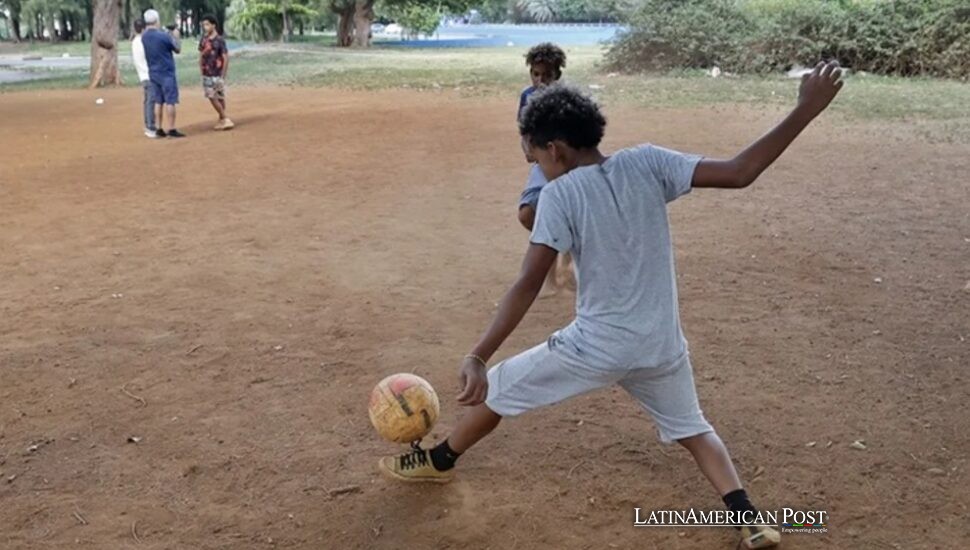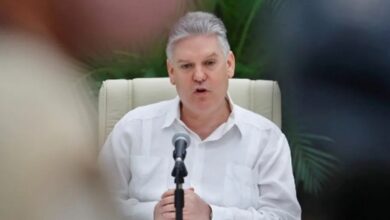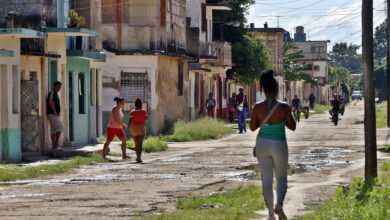In Cuba, Baseball Yields as Soccer Scores More Goals

Although baseball remains Cuba’s cultural bedrock, soccer is winning over new generations. Young fans wear Barcelona or Real Madrid jerseys, while once-crowded baseball stadiums show empty seats. As televised European leagues flourish, a historic shift challenges Cuba’s sporting traditions.
A Changing Passion on the Diamond
Near the fourth inning at Havana’s Estadio Latinoamericano, some young fans abandon their seats to view an FC Barcelona match. One shouts, “It’s about to start,” then leaves a sparsely populated baseball arena. Into a row of vacant seats, Ramón Barrera, age 70, settles soon – he watches the field. He inherited his love of baseball—Cuba’s national game—from his father, who brought him to the ballpark as a child.
However, Barrera also feels the tug of the growing soccer craze. When EFE asks whether he would watch his beloved Havana Industriales if they made the championship or tune in to a Real Madrid final simultaneously, he hesitates only briefly. “Real Madrid,” he replies. “I just can’t miss that.” His response mirrors a nationwide evolution: baseball, long treasured across the island, is losing its shine as European soccer becomes widely accessible on state television.
For many Cubans, the shift dates back about a decade. At that time, government channels started showing contests from prominent European associations, notably Real Madrid plus Barcelona. These games converted Sunday afternoons into extended soccer viewing sessions.
In regular routines, outcomes manifest. Bus operators exhibit team neckwear—teenagers wear shirts of premier squads. Young children propel improvised spheres through roadways rather than grasping bats and gloves. Meanwhile, baseball venues often look eerily empty, suggesting a surprising decline in attendance.
Sports journalist Alejandro Rodríguez told EFE that official audience studies are scarce, but personal observation reveals a trend: “Among younger people, say under 35, soccer is huge. Baseball might still hold an edge past that age, though not as large as before. The degree of variation exists, extending from Havana to different provinces. Across generations, the distinction creates consideration for the fate of “Cuba’s national pastime.”
Why Soccer Grows
On a sandy field near Fifth Avenue in Havana, 14-year-old Eric and 16-year-old Ernesto, both barefoot, juggle a soccer ball. “Most friends in my class prefer soccer,” Eric explains to EFE. Ernesto spoke, stating that baseball needs equipment such as gloves and bats next to special clothing – soccer only needs a ball. The sport provides a fiscally responsible option within a country facing economic difficulty. A torn soccer ball is easily fixed or switched out, amusing residents. Baseball equipment carries a high price and sometimes has a shortage.
Affordability helps soccer’s expanded appeal, a result of the existence of international competitions. Real Madrid and Barcelona serve as central attractions broadcasted on television. Prominent players and intense competitions fascinate viewers—these viewers once demonstrated fervor toward Cuban baseball teams.
Havana’s streets echo with talk of global soccer figures like Lionel Messi and Cristiano Ronaldo. For many teens, these names are more familiar than iconic Cuban ballplayers. Major League Baseball (MLB) games remain off local TV schedules because of longstanding diplomatic tensions. Stars like Yulieski Gurriel—now shining in the U.S.—lack the same prime-time exposure that Real Madrid or Barcelona receive every weekend.
Still, baseball’s role in the national identity runs deep. Historians trace its introduction to the 1860s, when Cubans studying in the United States brought it back. Over time, it became a cultural hallmark and a symbol of anti-Spanish sentiment during colonial struggles. As a reflection of that heritage, baseball was declared part of Cuba’s National Cultural Heritage in 2021. Renowned Cuban players have excelled in every era, from legends like Martín Dihigo to today’s MLB standouts.
For loyal fans like Barrera, that history exists with an understanding. Baseball talent leaves. Economic conditions, as well as U.S. contracts, affect this emigration.
From 2016 to 2022, 635 players departed the island—the government authorized some. “It is a blessing plus a curse,” Barrera says. In other countries, athletes thrive. Local leagues face the loss of their prominent players, and this absence creates issues.
A National Identity in Flux
Baseball history in Cuba relied on players who remained there. They generated excitement for many attendees at the Estadio Latinoamericano, also called the “Coloso del Cerro.” Currently, many seats in the stadium appear empty, even during standard contests.
Banners are on buses, and T-shirts display logos of European organizations—these items suggest shifts within Cuban culture. Younger Cubans see an opportunity to root for top-tier squads, share a global conversation about soccer, and follow star players on streaming highlights—experiences their parents never had.
Journalist Rodríguez observes that age groups are key to understanding the shift. “Below 35, soccer is likely winning,” he says to EFE. “Above that, baseball still has firm supporters. But it’s tighter than it used to be.” The generation that grew up with black-and-white broadcasts of Cuban baseball legends might wrestle with the new reality: Soccer is simply easier to follow—matches appear on weekly schedules, replays fill sports segments, and commentary highlights stars like Ronaldo.
Yet, ironically, fans see more coverage of Spanish league games than of the MLB, where Cuban pros truly shine. Diplomatic complexities result in no MLB broadcasts on public channels, so local fans rarely glimpse Yulieski Gurriel’s feats with the San Diego Padres. That underexposure pushes many to pick European soccer’s best teams for star-watching opportunities.
“CR7,” he states, referencing the famous number. Denilson Pino, a 23-year-old stadium usher, does not waver when someone asks if he favors Cristiano Ronaldo or a champion like Gurriel. His selection repeats the choice made by many young Cubans. They accepted the global appeal of soccer.
On an island, its people once linked themselves almost solely to baseball. These shifts point to a society altering. Economic issues exist. Broadcast guidelines have transformed. A motivation to merge with sports around the globe became evident—the observable departure of renowned baseball players contributes, too. Soccer’s ascent continues. Even tradition-bound older fans are drawn to Real Madrid’s high-stakes matches or the unstoppable Barca front line.
Also Read: Why Spanish Court Overturned Brazilian Dani Alves Rape Case Verdict
The supreme sport becomes a question of age. Baseball remains a symbol of “national pride,” “revolutionary spirit,” and extensive cultural tradition. From a place of Cuban youth playing soccer on the streets, a future occurs with fluid passes rather than methodical innings. The scoreboard suggests a new champion is emerging.




